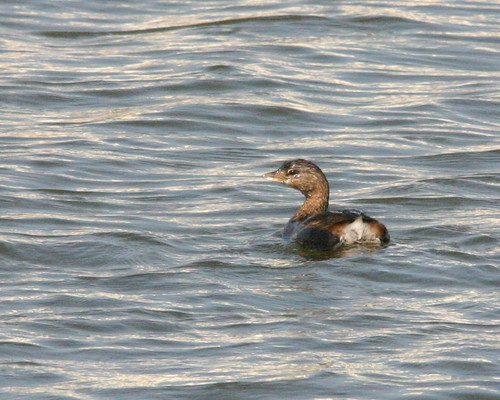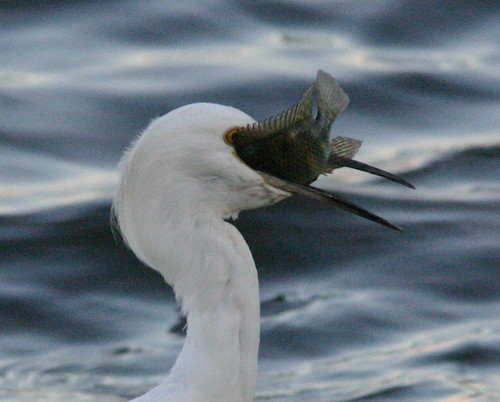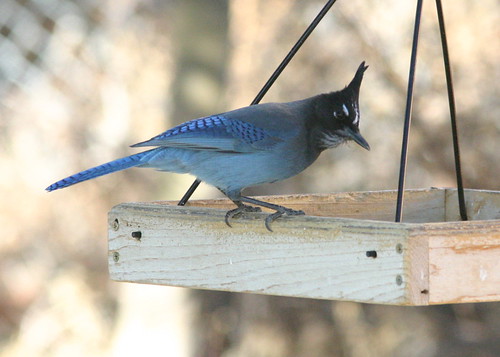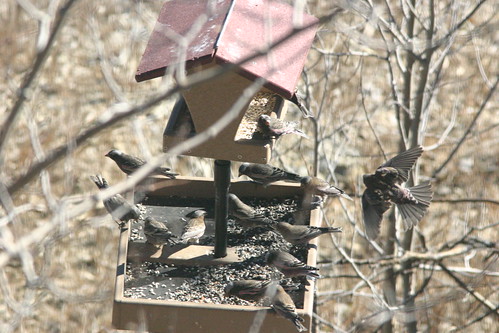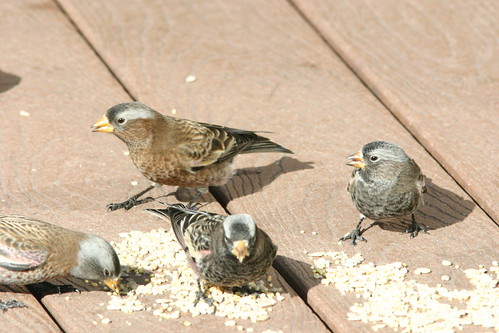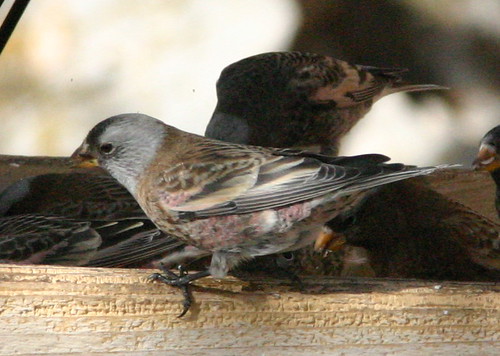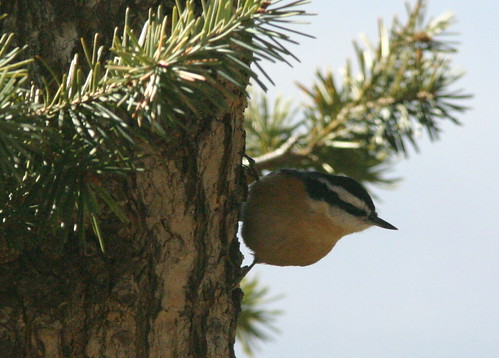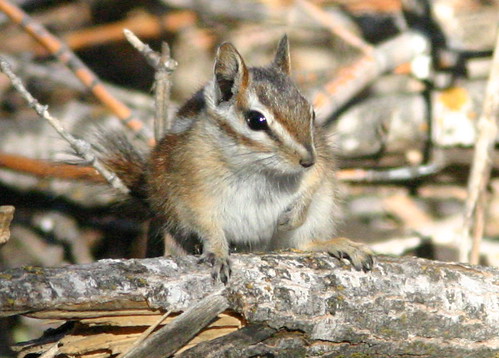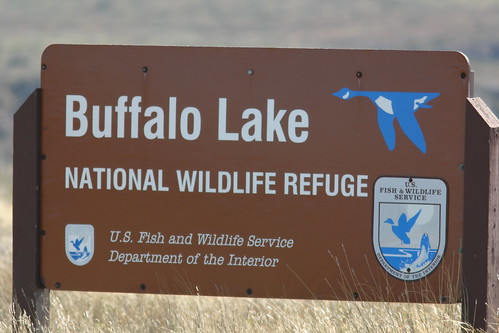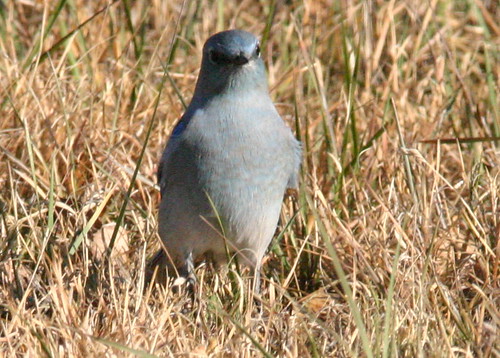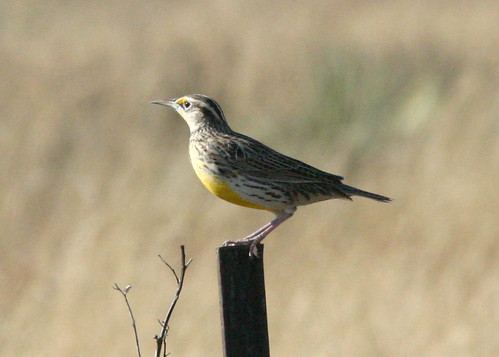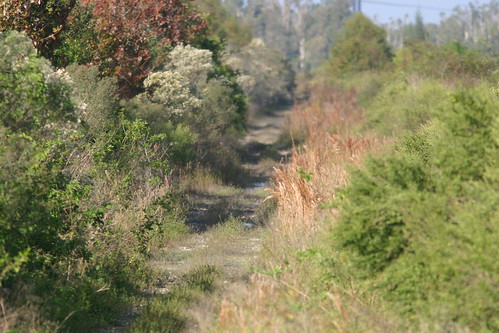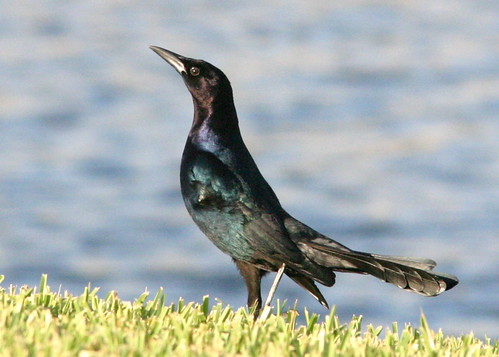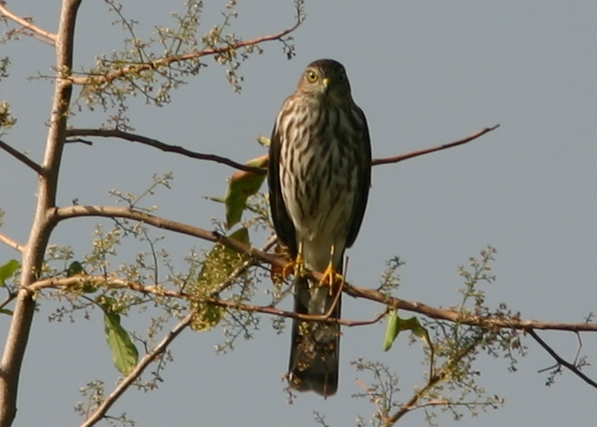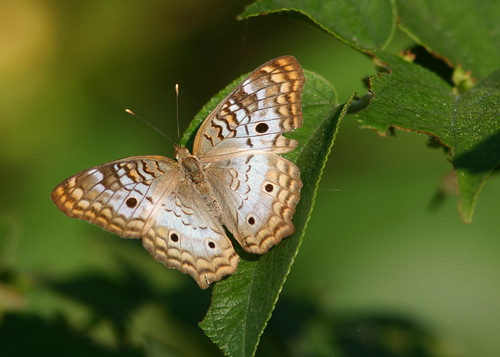We are back in Florida after an enjoyable, but all too brief, visit with our Texas grandchildren and the New Mexico rosy-finches. This Wood Stork was resting on our back lawn.
Botox, anyone?
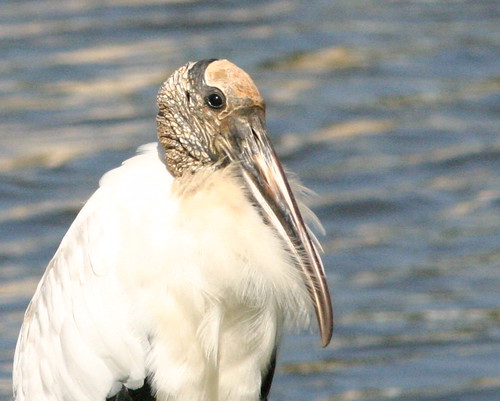
The stork took turns standing on one foot, each time, oddly, grasping the other leg with its pink feet– first, with its left foot:
Then, with its right foot:
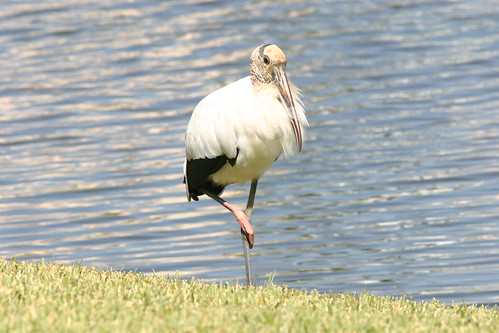
A Double-crested Cormorant ventured close to shore, then dove, swam underwater a great distance and out of sight:

A Pied-billed Grebe also came in close. It appeared that the fishing was particularly good just off shore:
This evening I was BBQ-ing a chicken on our back patio. I noticed that a Snowy Egret was foraging the lake’s edge, working its way nearer to our property. I quickly retrieved the camera and waited until it was about 30 feet away. As I was photographing it, it caught a good sized tilapia.
I was amazed at how the bird’s gape stretched to accommodate the fish, which kept wagging its body vigorously (click on the photo for more views):
Down the hatch!
It took the egret about 5 minutes to finish swallowing the struggling fish (Click for more views):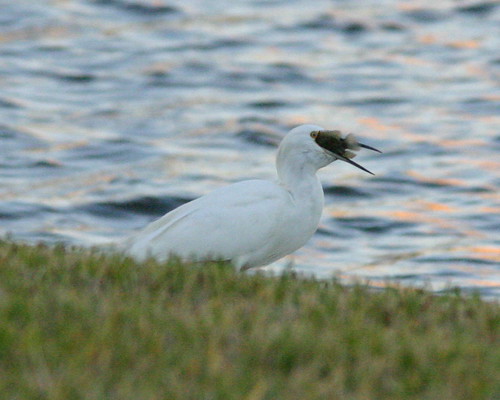
Posted by: Ken @ 10:33 pm
 The flag is waving! Flocks of up to 50 rosy-finches are now visiting the feeders at the Crest House Restaurant and Gift Shop in the Sandia Mountains just east of Albuquerque, New Mexico. All three species are present, including both the Coastal and Interior races of the Gray-crowned Rosy-Finch.
The flag is waving! Flocks of up to 50 rosy-finches are now visiting the feeders at the Crest House Restaurant and Gift Shop in the Sandia Mountains just east of Albuquerque, New Mexico. All three species are present, including both the Coastal and Interior races of the Gray-crowned Rosy-Finch.
Steller’s Jay at the Sandia Crest House deck feeder (Click to see its white “eyebrows,” characteristic of the Jays of the southern Rockies. In the NW USA, this species has blue streaks on its forehead.:
I’m a firm believer in the value of attaining my RDA, BirdChaser’s
As winter approaches, even exceeding my bird RDA does not seem enough to restore my balance with nature. Now into the second third of my eighth decade of life, I am aware that a peculiar affliction has taken its hold on me. My condition was diagnosed almost 10 years ago, not by a medical doctor, but by Hart Schwarz, a respected US Forest Service biologist. For this ailment, there is temporary relief, but no cure. “Finchophilia,” he proclaimed in a note to the birding community
This past week Mary Lou and I had a delightful visit with our five Texas Panhandle grandchildren and their parents. We hiked Buffalo Lake NWR in Canyon and saw the Mountain Bluebirds (as depicted in a previous post)
My eyes weren’t sharp enough to see the yellow, but I did capture this nice image of a Pine Siskin (click on the photo for more views that show the yellow):
The next morning, we drove 4 1/2 hours west on I-40 into New Mexico, arriving at the Cedar Crest exit at about 11 AM. Since we moved away from The Land Of Enchantment in 2004, some changes were evident. Aside from the proliferation of strip malls along NM-14, we saw that Pinyon Pines had been seriously decimated by the double attack of drought, borers and disease (See: Bark Beetles, Three-toes and Fire
The rosy-finch feeders at Sandia Crest House were our objective. We arrived there at 11:30, and within 5 minutes a flock of about 50 Rosies descended for lunch. All three species were present. Black Rosy-Finches predominated, and I identified only one Brown-capped Rosy-Finch. We saw only one Interior (Hepburn’s) race among the 5-8 Gray-crowned species in the flock.
We enjoyed green chile cheeseburgers and the company of about a dozen birders who visited during the two days we spent there. I got so taken up with interpreting the rosy-finch species to visitors that I took very few photographs! I thought I missed a shot of the Brown-capped species, but the lone bird turned up in two of my photos.
All three species of rosy-finch swarmed like bees at the lower feeder. If you click on and then select the largest size, you will see the Brown-capped bird on the right side of the feeder. Note its bright pink undersides and lack of white on hindcrown:
This Black Rosy-Finch, at the deck feeder, was in excellent plumage. Note the yellow bill– it will turn black with the approach of breeding season: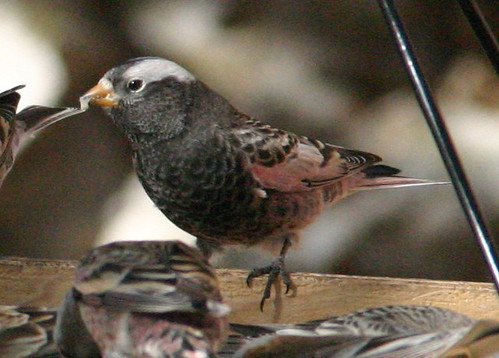
Here, on the left, a Coastal (Hepburn’s or gray-cheeked) and an Interior race Gray-crowned Rosy-Finch feed on the surface of the Crest House deck with two Black Rosies:
Hepburn’s race of Gray-crowned Rosy-Finch (Leucosticte tephrocotis littoralis) has become more common on Sandia Crest the past two years:
A Red-breasted Nuthatch provided some comic relief as we waited for the rosy-finches to return (Click on photo for more views):
Like the nuthatches, the Mountain Chickadees would grab a seed and fly off (Click on photo to see crown pattern):
At lower elevations along the road to Sandia Crest, we encountered three races of the Dark-eyed Junco. Gray-headed Juncos predominated in the spruce forest:
There were many Pink-sided Dark-eyed Juncos at the Cienega Canyon Picnic Area, but my best capture was this one, at the Rio Grande Nature Center State Park in Albuquerque:
I only obtained one photo of the Oregon race of Dark-eyed Junco: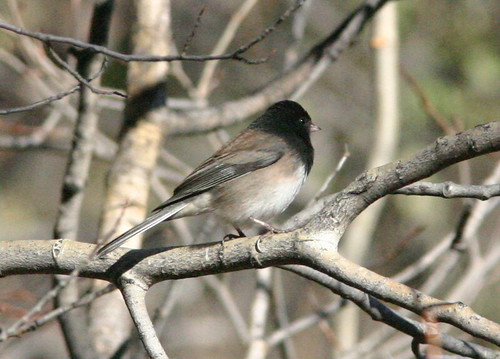
We encountered several Townsend’s Solitaires between 7000 and 8000 feet elevation. This one was quite cooperative as it foraged on the ground (Click for additional views):
Mammals seen in the Sandia Mountains included this rabbit-eared and skunk-tailed Abert’s Squirrel (Click for additional view)…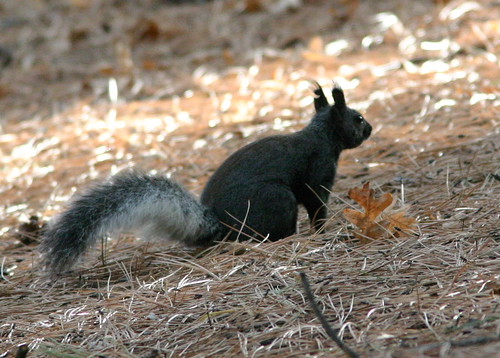
…a Chipmunk…
UPCOMING FIELD TRIPSCentral NM Audubon, Sunday, January 25:
Meet at the south side of Dion’s in the Four Hills parking lot (south of Central and west of Tramway) at 5:15 AM to search for pygmy, saw-whet, and other owls. You can also meet the group later at 7:30 AM at Doc Long picnic ground. From there we’ll work our way up the mountain looking for winter finches, and other forest birds. We will end up at the Crest House where we’ll watch the Rosy-Finch banders and sip hot chocolate. Contact Raymond by e-mail Thursday Birders, January 29: Sandia Crest to look for the Rosy- Weekend Bird Walks at the Rio Grande Nature Center:
|
Entrance Sign (click on this and the other photos for additional sets of images):
We flew out to visit our son and his wife and five children in the Texas Panhandle. Our grandchildren wanted to visit Buffalo Lake National Wildlife Refuge, located south of Amarillo, in Canyon, Texas. The refuge held some surprises today. Over the past 15 years, we have visited Buffalo Lake many times, but this was the first time we saw Mountain Bluebirds. A flock of about a dozen of these beautiful birds entertained us. As usual, we saw many deer, but we also saw two other furry and spiny creatures.
Mountain Bluebird peers at me intensely (click on photo for more views):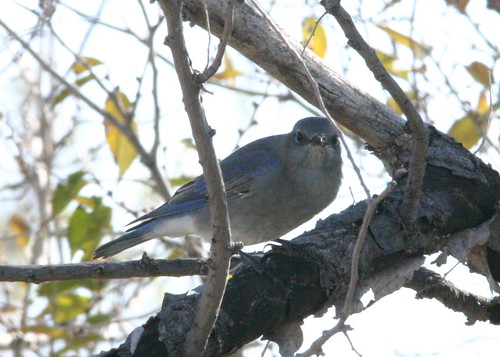
This Mountain Bluebird flew down to forage in the grass, landing only about ten feet away (click photo for more views):
Bluebirds often hover in place for a second or two, and sometimes glean in trees or in the grass while hovering. I did not capture this behavior, but did catch this one just leaving a perch (click on photo for more views): 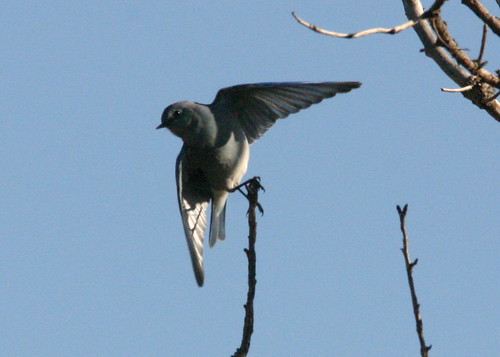
Many meadowlarks were singing. I only heard the carols of the Eastern Meadowlark:
The children were delighted when their Mom spotted a clump in a tree that turned out to be a porcupine (click photo for more views):
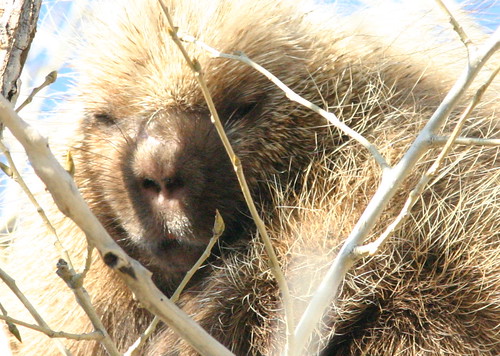
Also representing the mammalian class, two coyotes watched us. This one allowed me to approach within about 100 yards:
Posted by: Ken @ 1:55 pm
 The flag is waving! Today we received the first report of rosy-finch sightings at Sandia Crest! Bob and Ima Hafernik of San Antonio, TX, called to say that they had confirmed sightings at the Crest House deck feeder of 6 Gray-crowned Rosy-Finches this morning from about 10AM til a bit before noon.
The flag is waving! Today we received the first report of rosy-finch sightings at Sandia Crest! Bob and Ima Hafernik of San Antonio, TX, called to say that they had confirmed sightings at the Crest House deck feeder of 6 Gray-crowned Rosy-Finches this morning from about 10AM til a bit before noon.
Dave Weaver and Fran Lusso, coordinators of the feeding project, are visiting the Crest House this afternoon and will provide a follow-up report. Dave said that as far as he now knows, theirs is the first sighting for this season, although Lisa at the lunch counter told them she may have seen “one or two” yesterday. Thanks for the prompt report, Bob and Ima!! Later in the day, Dave reported:
I am just back from the Crest. It is cold, windy and clear up there (16 degrees F with 20 - 30 mph wind). Almost all of the small snowfall of Wednesday is gone. In about 1 hour of watching I did see a flock of 10 Gray-crowned Rosy-Finches, along with 2 Steller’s Jays, 1 WB Nuthatch, and 2 dark-eyed Juncos. Did not see any Black or Brown-capped, so perhaps they are still on their way.
We plan to go back up to the Crest next week and will update the Log after that, I guess. Hope all is well!
ROSY BULLETIN:November 8, 2008: Today, both Gray-crowned (including one Hepburn’s) and Black Rosy-finches were visiting the feeders.
See Correspondence link for details.
November 11, 2008: All three species, including Hepburn’s, were reported to be present.
|
Once the birds are established at the feeders, we can expect Rio Grande Bird Research to publish a schedule for their Sunday morning banding operations. (Because of staffing limitations they will not band on Thanksgiving weekend). Check rosyfinch.com sightings and correspondence links for updated reports, and exploit other birding opportunities in the Albuquerque area. Plan to combine your visit with a stop at Bosque del Apache NWR, site of the Festival of the Cranes November 18-23.
Posted by: Ken @ 1:37 pm
This path in West Miramar ESL had been blocked by high water until the past couple of days:
After some early morning fog, the skies turned blue and temperatures warmed up to the high 70s. Conditions were perfect for a walk in our local birding “patch,” known as the West Miramar Environmentally Sensitive “Area” (ESA) or “Land” (ESL), depending upon whom you ask.
The path had been inaccessible ever since we got back from Illinois in early October, but the high water had receded somewhat, permitting muddy-foot access to our favorite path. The subdued fall colors of the vegetation provided a pleasing palette.
Before I walked to the ESL, I captured this image of a male Boat-tailed Grackle, displaying near the shore of our back yard lake:
Many Palm Warblers had arrived since last week. Common Yellowthroats and Prairie Warblers were also quite numerous. There were huge numbers of Zebra Longwing and Julia butterflies. They actually were quite a distraction!
This Prairie Warbler approached so closely that I had to switch to a macro setting: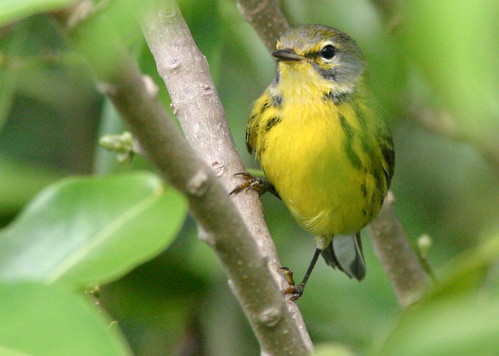
A Tricolored Heron stalked a fish…
…and missed!
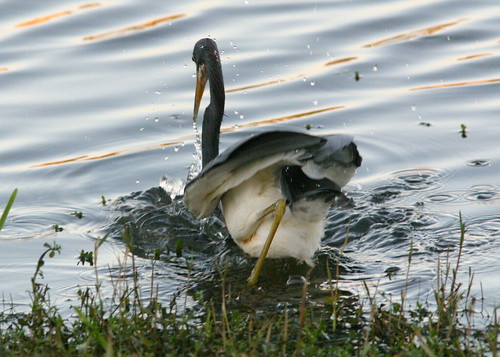
A Red-tailed Hawk circled above: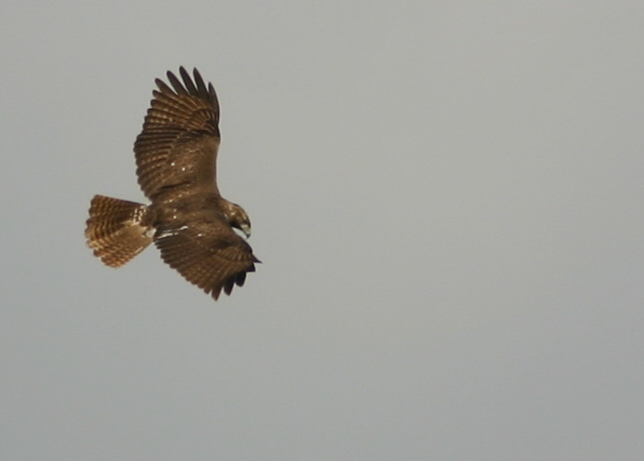
Next to it was a smaller Buteo, a Red-shouldered Hawk: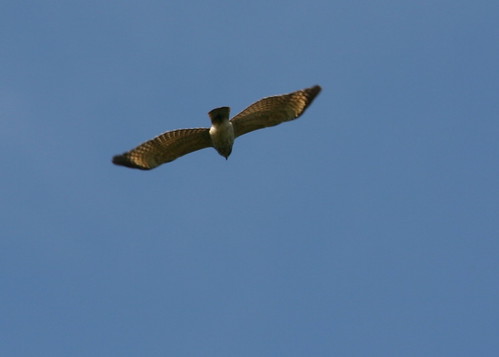
This Sharp-shinned Hawk terrorized the small birds that usually posed for portraits in the “sparrow patch:”
An Osprey feasted on a fish, in the only dead tree left standing after Hurricane Wilma: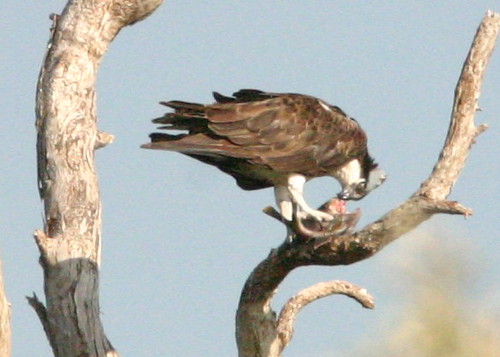
The Butterfly known as Queen:
White Peacock butterfly:














